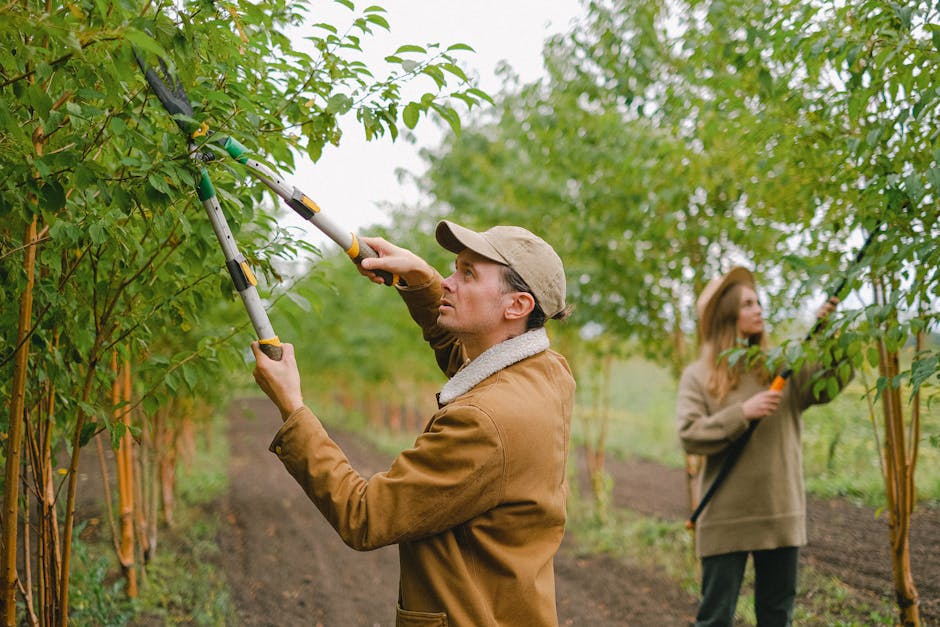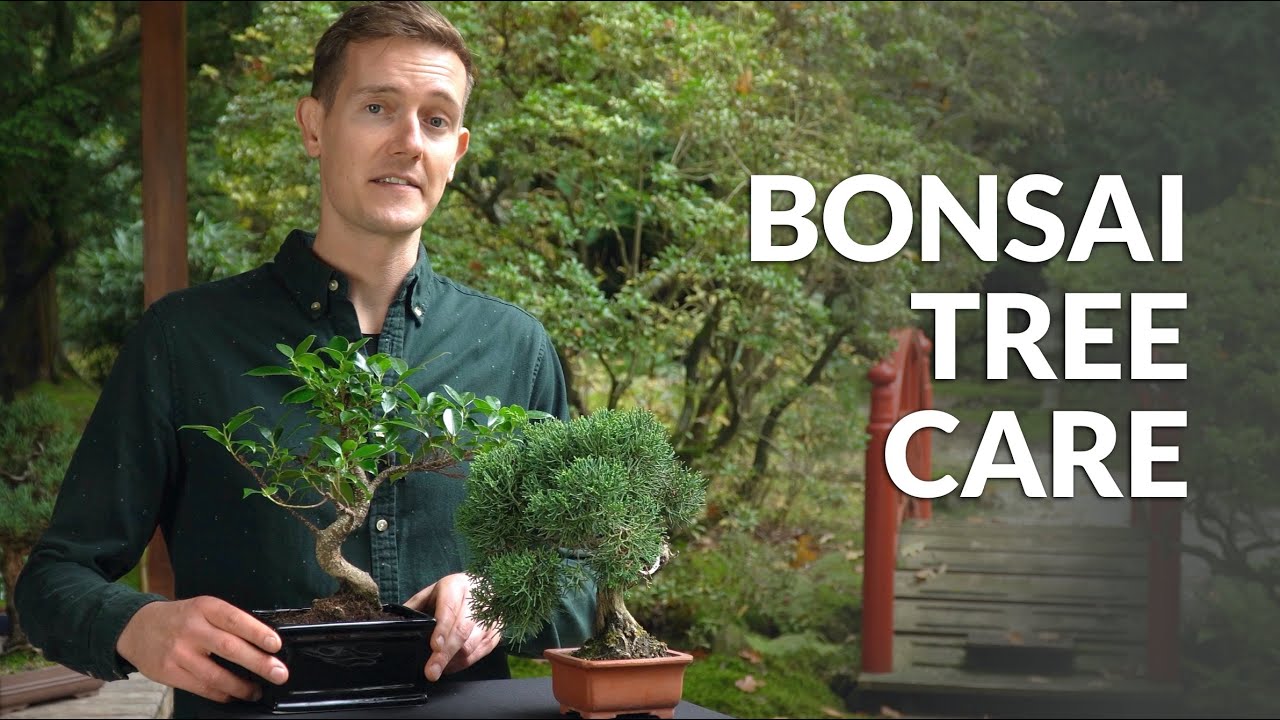Taking care of a Bonsai tree really isn’t that difficult. But since they are planted in small containers, you do need to keep a close eye on them. In this video, I’ll show you the most popular tree species used for Bonsai. And I’ll explain the relevant care techniques to keep your Bonsai healthy. Most plants that we keep in our house or garden originally grew on the bottom floors of forests, shaded out by trees that compete for the sunlight.
This means that trees, including Bonsai trees, need far more light than normal indoor plants.
Some Bonsai need to be kept outdoors while some others can be kept indoors, this all depends on what tree species you have. So first let’s take a look at the most common tree species used for Bonsai. The Ficus is an incredibly popular tree species used for Bonsai. This tree is often shaped with an ’s-curved’ trunk.
The tree has oval, dark green leaves. The Carmona, or Fukien tea, has small dark-green, shiny leaves with tiny white dots on the upper side.
The Jade tree is also known as the Portulacaria or Crassula. It often has a fine branch structure with thick oval green succulent leaves. The Chinese Elm, or Ulmus parvifolia, often develops a fine ramification with small leaves, which makes it a very suitable Bonsai plant.
Juniper Bonsai trees sold at large stores or garden centers are often Japanese Garden Junipers, or Green Mound Junipers. The green foliage, reddish-brown bark and silvery white deadwood is very appealing. The many varieties of Pines are very popular amongst Bonsai growers, and is often the first thing that comes to mind when someone thinks of a Bonsai tree. The Japanese maple, also known as the Acer palmatum, is a very popular tree species used for Bonsai. It is famous for the beautiful colors of its leaves in fall.

So how do I care for a Bonsai tree? When placed indoors, make sure you put your Bonsai immediately in front of a window. It needs a few hours of direct sunlight each day. Most outdoor tree species prefer lots of light. In winter, protect your outdoor bonsai from strong frosts of around 15 degrees Fahrenheit, or -10 degrees celsius.
Water your bonsai generously whenever the soil gets slightly dry. Best is to water your tree, then wait a minute and water it again, to make sure the entire root mass is watered. Observe the tree closely and make sure it never dries out. Daily misting will help raise the humidity around your Bonsai.
And placing your indoor trees on humidity trays filled with water will also help.
Fertilize your indoor bonsai once every two weeks with a liquid fertilizer. Outdoor Bonsai can be fertilized using a solid and organic fertilizer, once a month during the entire growth season. Regular pruning is required to maintain the shape of your bonsai. Simply prune shoots that extend to 4-5 leaves, back to 2-3 leaves, using a sharp scissors. Significant pruning is done in spring or fall.
Bonsai are kept in small pots, and therefore we repot the trees every two years, in early spring. If you see the roots circling around the root system, your Bonsai needs to be repotted. If the roots are still contained within soil, leave it and check again the following spring. Each tree species has specific care guidelines, so make sure to look up the care guides section on Bonsai Empire for information about your tree species.
Learn how to create your own Bonsai trees, by enrolling in one of our online Bonsai courses.
We explain techniques like pruning wiring and repotting, and you can ask questions to the teachers. For the curriculums and free lessons, go to: bonsaiempire.com/courses.

